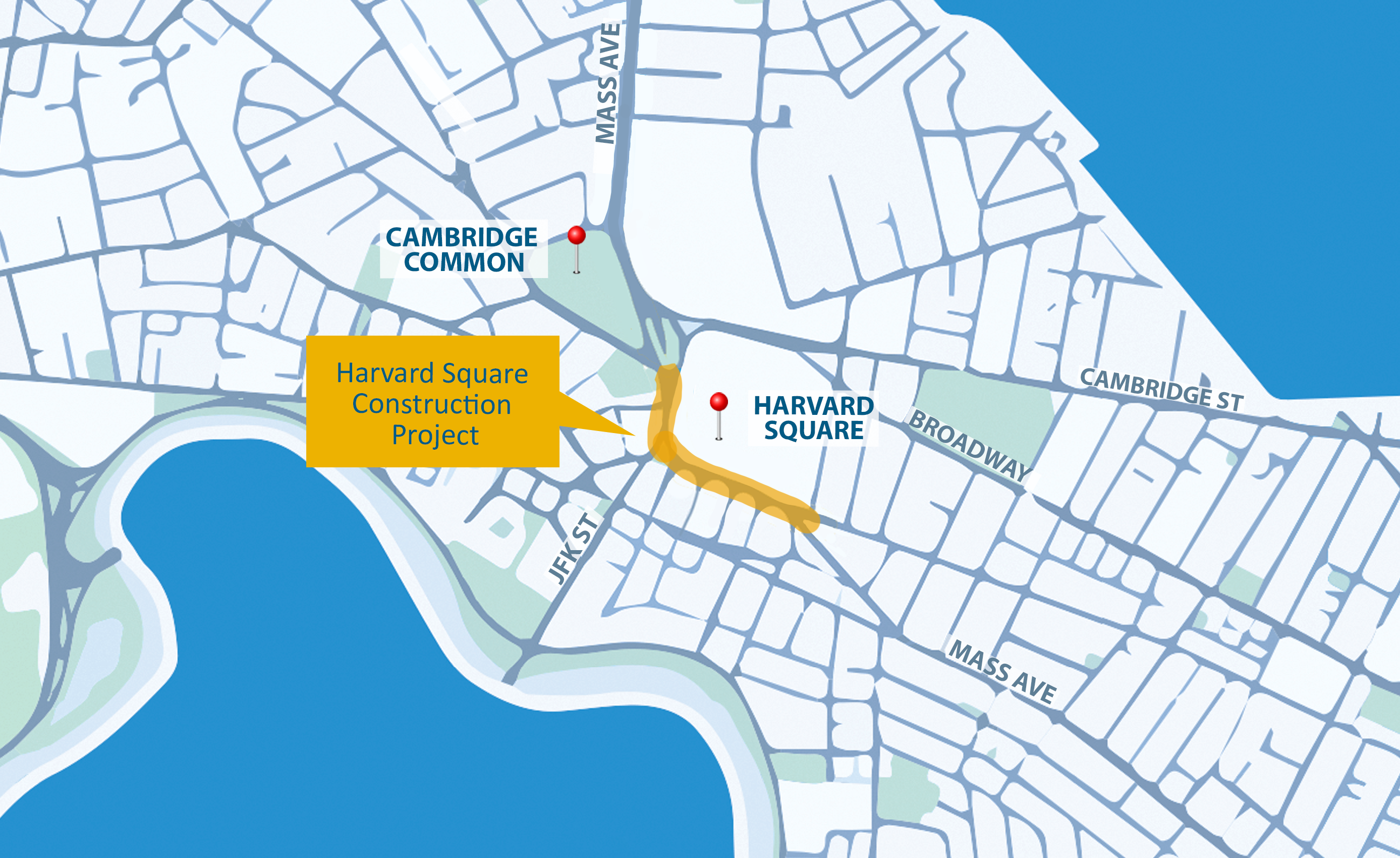lainpimicaja
Active Member
- Joined
- Jun 28, 2021
- Messages
- 165
- Reaction score
- 650
The Mass Ave bus lanes are already striped (red markings haven't gone down yet - probably too cold at this point). They're at both sides of the bridge approaching Boston and Cambridge - probably a couple hundred feet long each).
For other BRT projects, I think BostonBRT has a decent tracker for projects in the pipeline (there's also a map on their site).
Other big projects that are in the works are the extension of Columbus Ave, Blue Hill Ave, and the North Station - Seaport corridor all in Boston. Some others have been announced, too, but I haven't heard anything major for Mass Ave (it'd be one of the few corridors the T initially ID'ed that needed bus lanes that hasn't gotten that treatment in Boston at least).
Now that the Bus Network Redesign is done and with all the funding available for BRT projects, I'd be surprised if the T wasn't gonna double down on more projects in the years to come.
For other BRT projects, I think BostonBRT has a decent tracker for projects in the pipeline (there's also a map on their site).
Other big projects that are in the works are the extension of Columbus Ave, Blue Hill Ave, and the North Station - Seaport corridor all in Boston. Some others have been announced, too, but I haven't heard anything major for Mass Ave (it'd be one of the few corridors the T initially ID'ed that needed bus lanes that hasn't gotten that treatment in Boston at least).
Now that the Bus Network Redesign is done and with all the funding available for BRT projects, I'd be surprised if the T wasn't gonna double down on more projects in the years to come.

